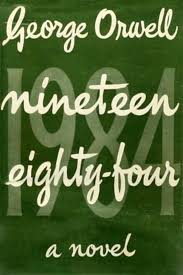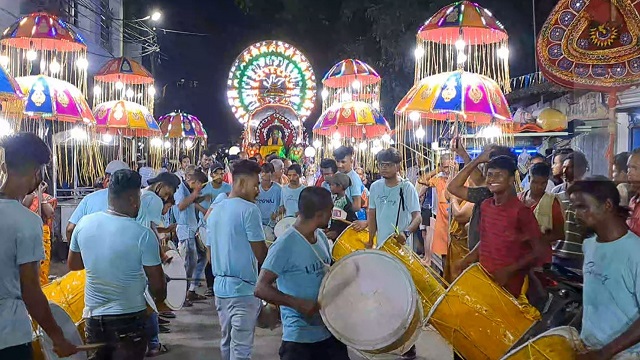Newspapers die when it is killed by the authorities, like ‘Hickey’s Bengal Gazette’ did
Mrinal Chatterjee

1984
Nineteen Eighty-Four (also published as 1984) is a dystopian novel and cautionary tale by English writer George Orwell. It was published on 8 June 1949 by Secker & Warburg as Orwell’s ninth and final completed book.
It explores themes of totalitarianism, surveillance, censorship, and individual freedom. Set in a fictional superstate called Oceania, the novel follows the story of Winston Smith, a low-ranking member of the ruling Party led by the omnipresent figure Big Brother. The Party exercises absolute control over every aspect of life, including thought, language, and history, through mechanisms like Newspeak and the Thought Police.

Winston begins to question the oppressive regime and seeks truth and personal freedom, engaging in a forbidden love affair and secretly rebelling against the Party. However, his efforts ultimately lead to capture, torture, and psychological reprogramming. Orwell presents a chilling warning about the dangers of unchecked political power and the loss of personal autonomy.
The novel’s portrayal of a society where truth is manipulated and dissent is crushed remains powerfully relevant. Terms like “Big Brother,” “doublethink,” and “thoughtcrime” have entered common usage as symbols of authoritarianism and mass control. Nineteen Eighty-Four endures as a seminal work of political fiction, offering a stark vision of a world where freedom is obliterated and reality is dictated by the state.
I strongly recommend you to read it, if you haven’t yet done that.
Why Newspapers die?
This year we celebrate 200 years of Hindi Journalism. Udant Martand, the first Hindi newspaper in India, started on May 30, 1826, by Pt. Jugal Kishore Shukla and was published from Calcutta. It closed down on December 4, 1827 -in just 19 months. The closure was due to financial difficulties, including high postal rates and a lack of subscribers.
The first newspaper of India ‘Hickey’s Bengal Gazette’ was published on 29 January 1780. It ceased publication on March 30, 1782, when its printing press and type were seized by order of the Supreme Court. The press was publicly auctioned the following week and sold to the India Gazette, a rival newspaper.
Darpan, the first Marathi newspaper began publishing in 1832. It was closed down in July 1840 because it struggled to gain a wide readership. While the newspaper was published in both Marathi and English to cater to different audiences, it ultimately faced challenges in building a significant subscriber base.
Newspapers die when it is killed by the authorities, like ‘Hickey’s Bengal Gazette’ did. It also dies when it does not get readers and build a subscriber base. If you want a good newspaper or for that matter any news-site to remain alive, – do your bit to keep it afloat.
Sital Sasthi

This year I was in Sambalpur city during its biggest festival- Sital Sasthi (sital means cold; and sasthi means on the sixth day), which marks the divine marriage of Lord Shiva and Goddess Parvati. It is celebrated on the sixth day of the bright fortnight in the Hindu month of Jyestha, which this year corresponded to early June in the Gregorian calendar.
The festival involves elaborate rituals, including the adoption of Parvati by a chosen family, who then propose her marriage to Shiva.
Sital Sasthi is also associated with the onset of the monsoon season. Lord Shiva is seen as representing the scorching summer heat, while Goddess Parvati symbolizes the rejuvenating first rains.
The festival is a vibrant celebration with processions, pujas (offerings), and community gatherings. Transgenders often participate in the celebrations, as Shiva is also known as Ardhanarishwara, the half-male, half-female deity.
47 years of UNMAD
In May 1978, a monthly satire magazine Unmad (which in Sanskrit and many regional languages including Bengali means mad or insane) was launched by two first year students of BUET (Bangladesh University of Engineering and Technology) Kazi Khaleed Ashraf and Ishtiaq Hossain from Dacca, It was inspired by the British and American satire and humour magazines Punch and Mad. Its content, though, has always been localised. It became very popular in Bangladesh and went on to become the longest running satire magazine in South Asia. Initially it was a quarterly magazine; it became a monthly from 1991.
Cartoonist Ahsan Habib is its present Chief Editor.
Tailpiece
Q. Why you should not trust atoms?
A. Because they make up everything.
(Courtesy: Social Media)
(The author is Regional Director Indian Institute of Mass Communication, IIMC Dhenkanal. Views expressed are personal.)



























